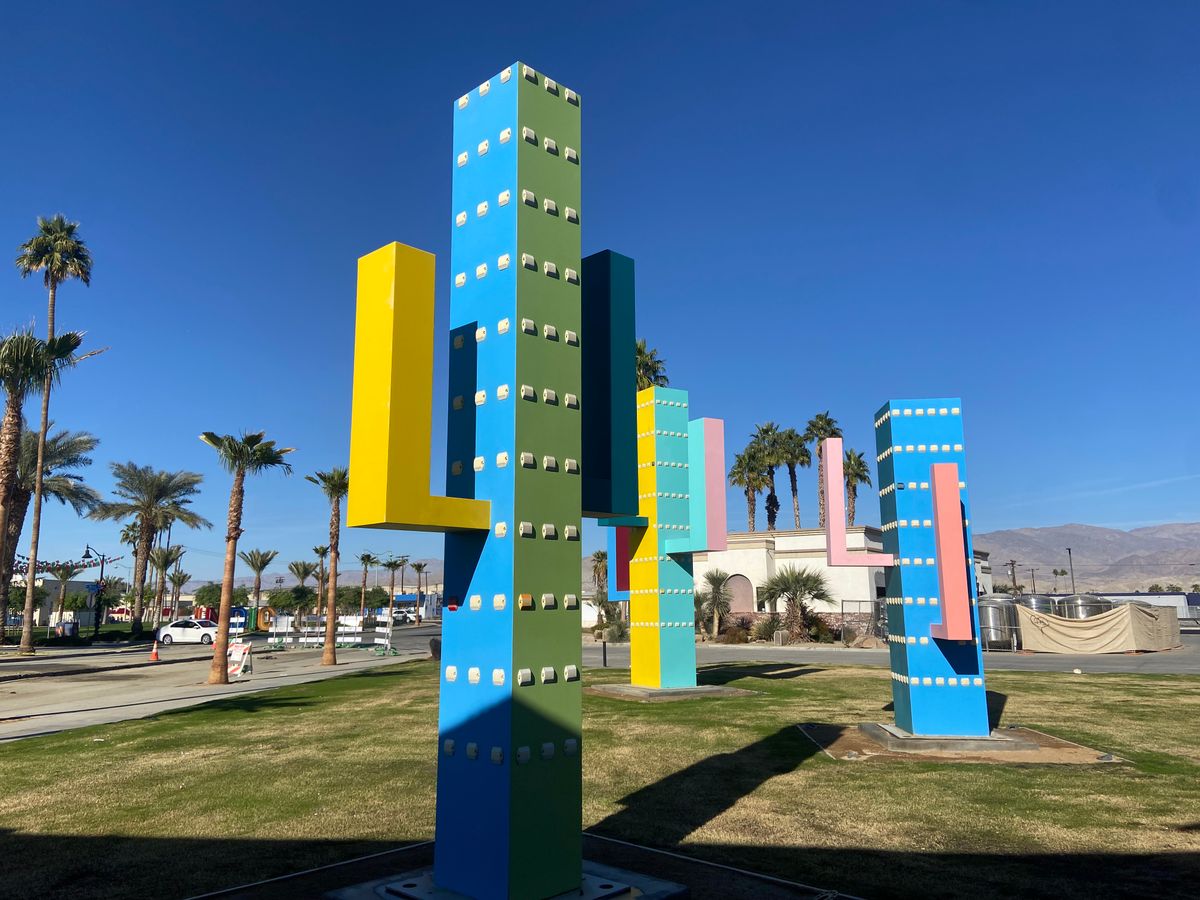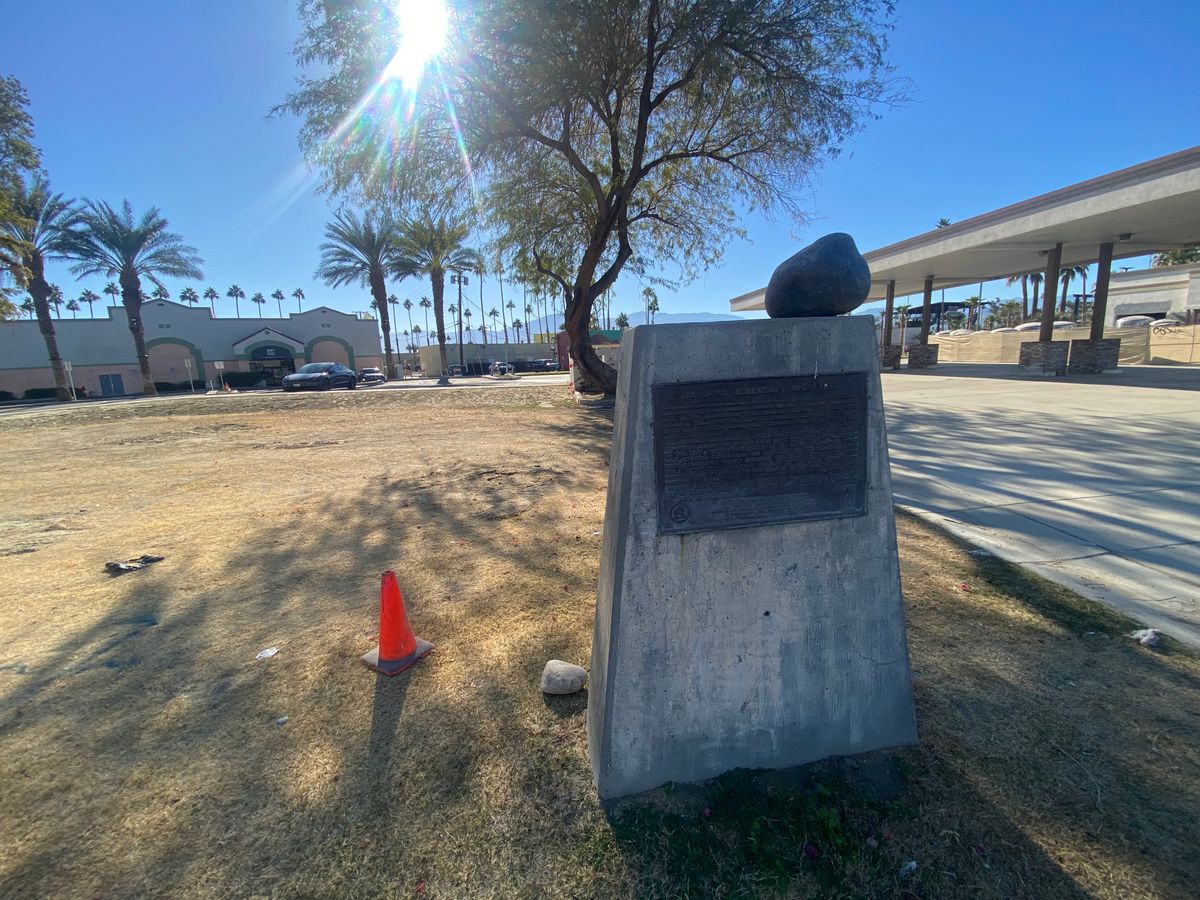About
In the fall of 1917, Doctor June McCarroll was driving her Model T down a stretch of highway to her office in Indio, California when she was run off the road by a truck. “It did not take me long to choose between a sandy berth to the right and a ten-ton truck to the left!” she later recalled. So she invented the white line down the middle of the road.
Today McCarroll is credited by the California Department of Transportation with the idea of delineating highways with a painted line to separate lanes of highway traffic. Unfortunately, at the time, the very good idea fell on deaf ears at the local chamber of commerce. So McCarroll went out paintbrush in hand and personally painted a white stripe down the middle of the road herself.
She then, with the help of women’s organizations, proceeded to campaign relentlessly for highway delineation lines. In 1924, the idea was finally adopted in California and the rest of the world eventually followed. (Since then, whether to paint the lines white or yellow has been the subject of much controversy in transportation circles.)
The stretch of road where McCarroll had her truck encounter was later incorporated into Highway 99 and today is part of Indio Boulevard, and today a memorial plaque to McCarroll is located at the intersection of Indio Boulevard and Fargo Street. The state also later designated the stretch of Interstate 10 near Indio as The Doctor June McCarroll Memorial Freeway.
However, there is a competing claim for the first to have the highway lines idea. Edward N. Hines from the Wayne County, Michigan road commission, claims to have come up with painted road lines six years earlier. In addition, accounts say that two other men painted highway lines in 1917 in other parts of the country: Kenneth Ingalls Sawyer painted a white line along "Dead Man's Curve" in Marquette County, Michigan, and Deputy Sheriff Peter Rexford painted a yellow line down the center of the Columbia River Highway in Oregon.
In any case, “Doc June’s” concern for the well-being of others didn’t start or end with road safety. As a practicing physician — quite rare for a woman at the time — the frontierswoman was one of the first female doctors in the Imperial and Coachella Valleys and the only physician caring for tens of thousands of Cahuilla natives on the valleys’ Indian reservations.
Related Tags
Community Contributors
Added By
Published
August 26, 2016




























